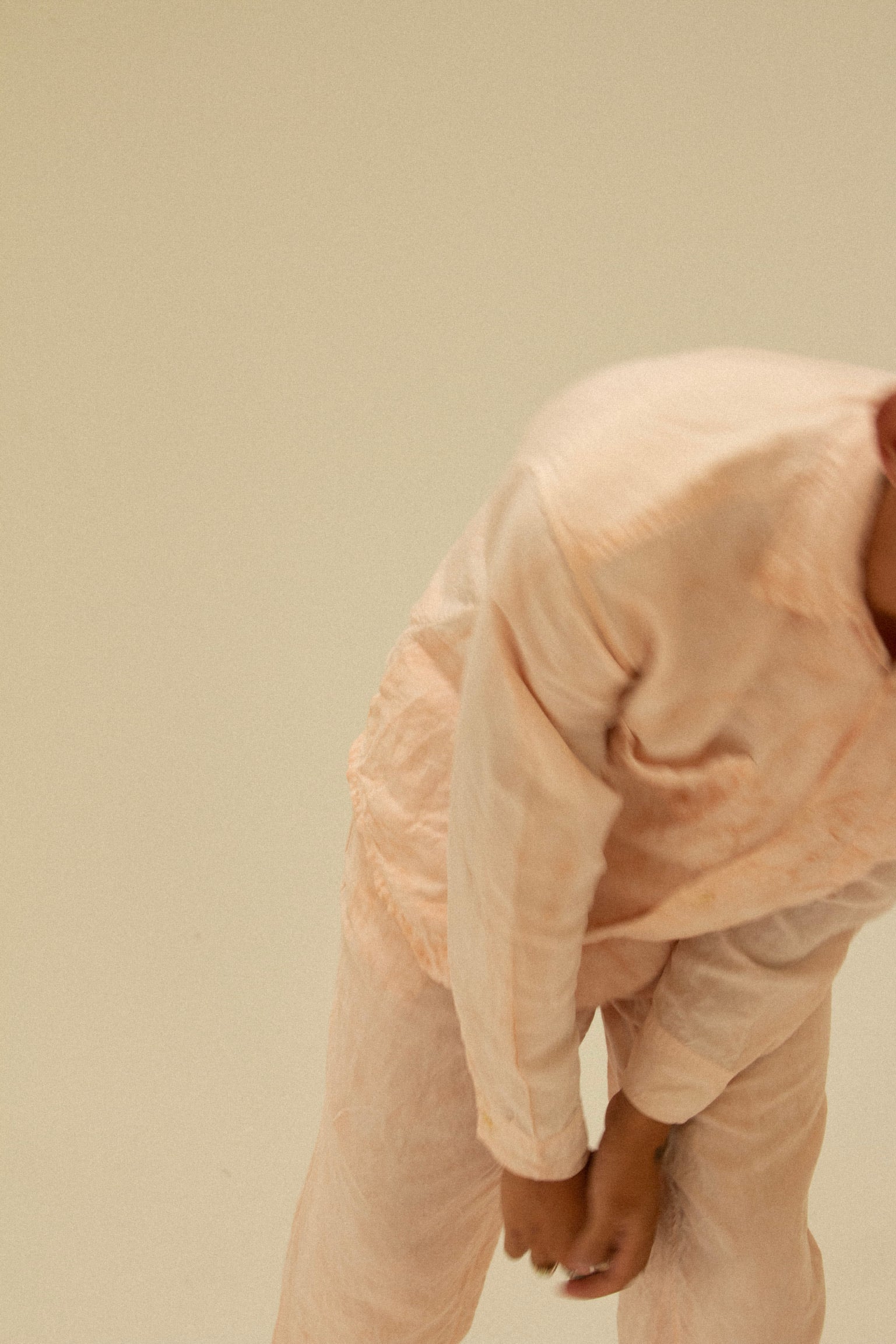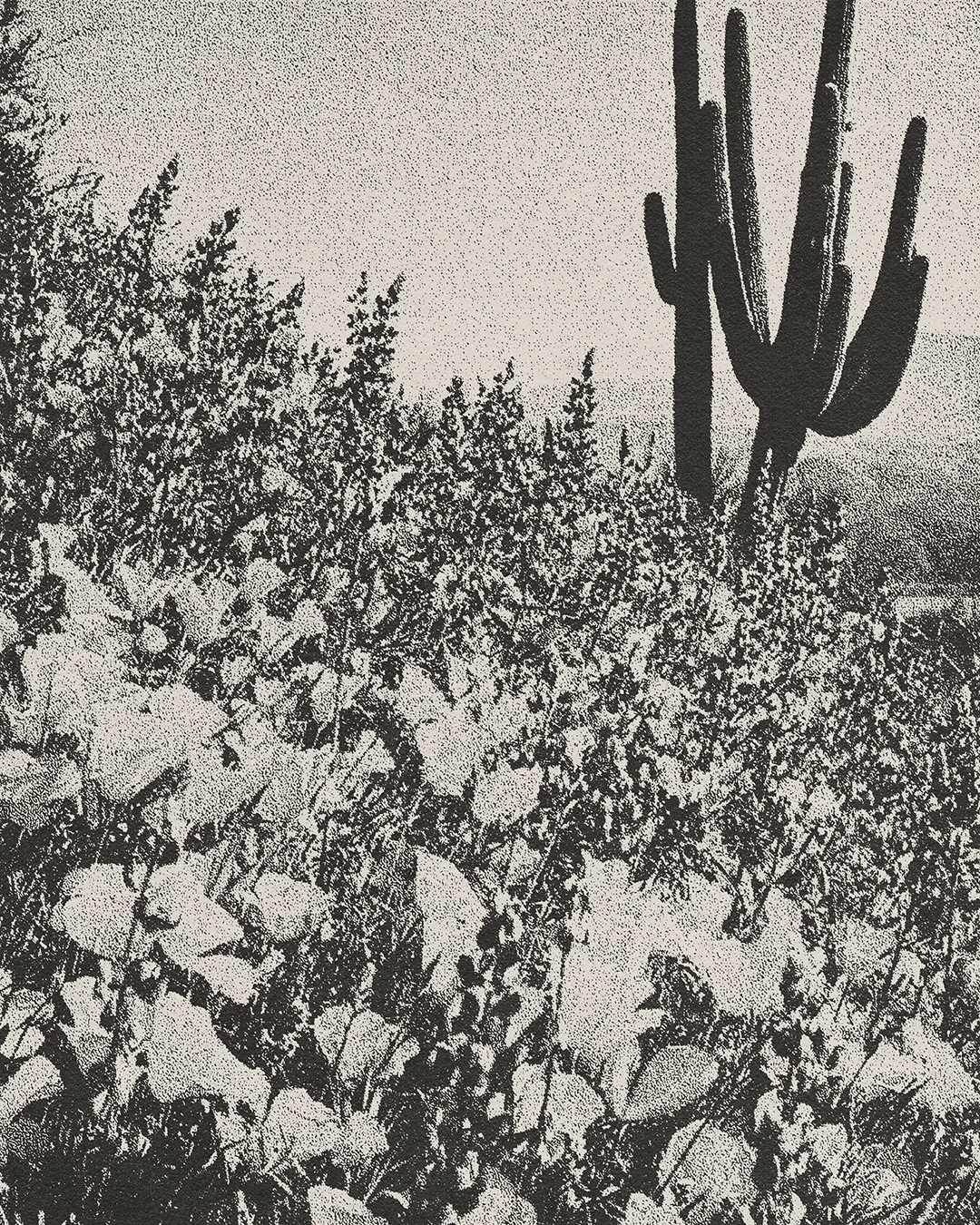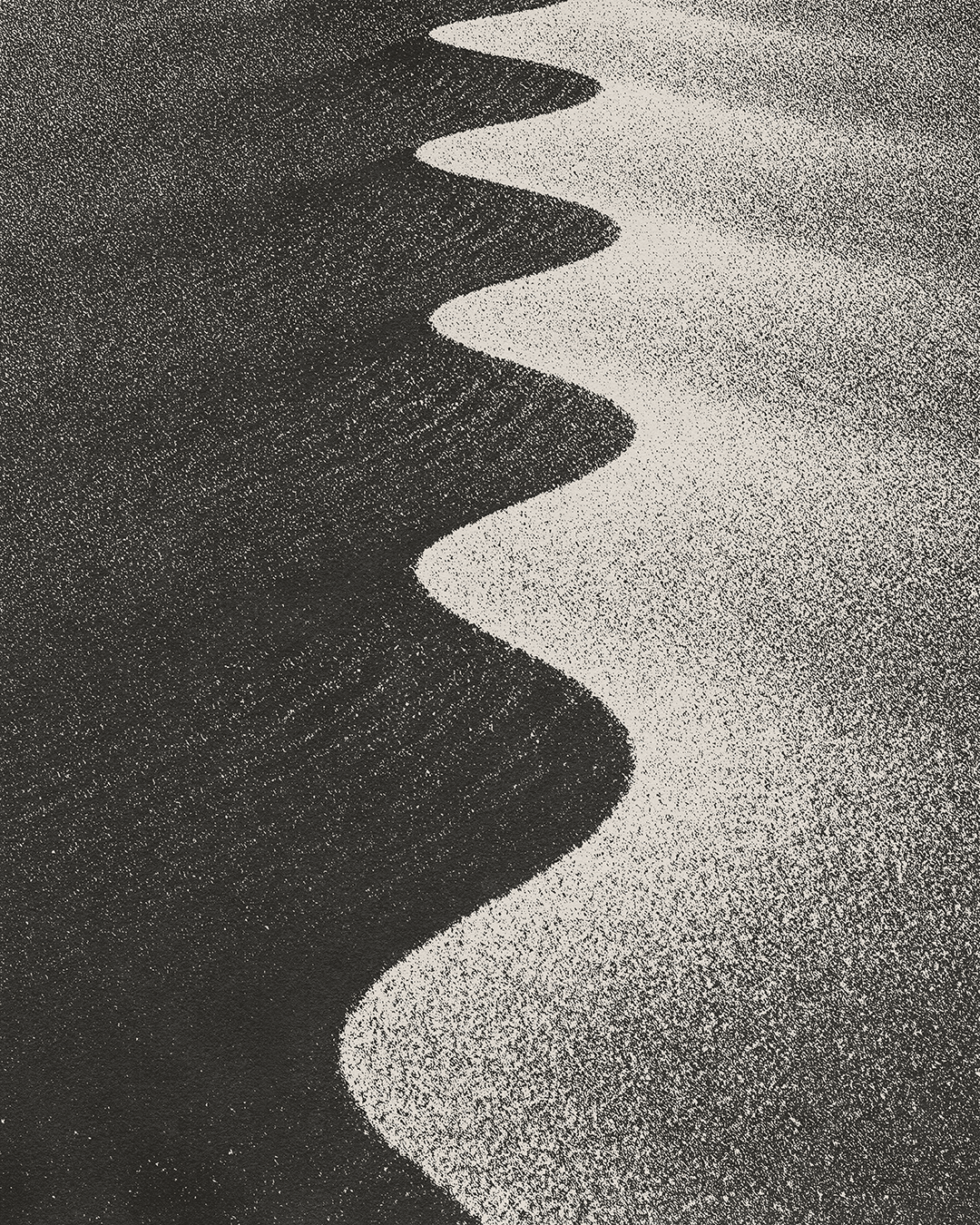

Earth Day 2021: AVOCADO DYE STEP-BY-STEP GUIDE
Materials:
-
Avocado skins or pits (or both)
-
Stainless steel pot (dye exclusive pot)
-
Salt (optional)
-
Heat source
-
Pre-washed fabric or item of clothing
Step One: Prep your clothing/Fabric. Pre-wash your fabric or clothing with your favorite detergent. Any oils or stains will show up boldly with natural dyes so clean fabric is a necessity. The tannin in the skin and pits acts as a mordant but for other food waste dyes a mordant might be necessary.
Step Two: Prep the avocados. Carefully clean all residue off the pits and skins. Any bit of avocado flesh can be challenging to remove from the pot, and can hinder the ability for the cloth to take the dye evenly.
Step Three: Prepare your dye. Add your cleaned skins and pits to a stainless steel pot with enough water to let them float freely. Make sure this pot is used exclusively for dyeing- textiles can have finishing chemicals on them that you don’t want to ingest if the pot is later used for food. Dye extraction times vary, but I generally prefer to simmer the dye bath for about an hour before taking it off the heat, covering, and letting it sit overnight. Remember, the more avocados, the stronger the dye. At its lightest, it may look like a simple faded pink but it can reach deep coral hue with more dyestuff.
Step Four: Strain the skins and pits. Fish out the skins and pits from the pot and make sure there are no pieces left.
Step Five: Submerge your fabric in the dye. I follow the same process here as making the dye. Simmer the fabric in the dye bath for about an hour before taking it off the heat and covering and letting it sit overnight. The longer the fabric is in the dye, the deeper the color you will be able to achieve. If you want a lighter color, a couple of hours will suffice.
Step Six: Remove the fabric. Once the item has reached an optimal shade, remove it from the pot. Since the color will be darker when wet, imagine the item one or two shades lighter when dry. Then, remove it from the pot and ring out all the excess water and dye.
Optional tip: To prolong the longevity of the color, prepare and use a salt bath fixative. Salt water acts as a fixative for cellulose (cotton, linen, etc.) fibers. Any protein fibers like wool will not need a fixative. A simple salt and water mixture will work in a tub or bowl that can fit your item. A quick submersion and movement around will be enough to set the dye.
Step Seven: Hang to dry. After the dye process is all done, hang or lay your item to dry. Natural dyes are not completely lightfast so allow the items to dry in a shady spot and out of direct sunlight.
We know we need sweeping changes in both the fashion and food industries, but while we wait, we can lead the charge in our own lives. Food waste dyes offer an opportunity to reinvigorate our closet and deal with our waste. It’s an opportunity to engage with these problems in an enjoyable way. Next time you think of getting rid of that stained white shirt, save those avocado pits and skins and rejuvenate that shirt before composting.
More Reading
-

The Healing Environment: How Set and Setting Shape Healing
Explore how thoughtful surroundings and mental preparation create space for healing. Learn how environment shapes calm, focus, and deeper restoration.
-

Spring Renewal: Supporting Your Body's Natural Rhythm
Discover gentle ways to align with spring’s renewal. Learn how awareness and ritual can help your body move with the changing seasons.
-

Finding Balance: Gentle Approaches to Stress Relief
Understand how the body expresses stress and how to soften its effects. Simple practices and herbal allies support steadiness through daily life.



